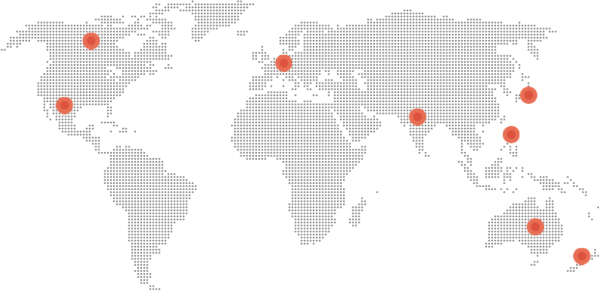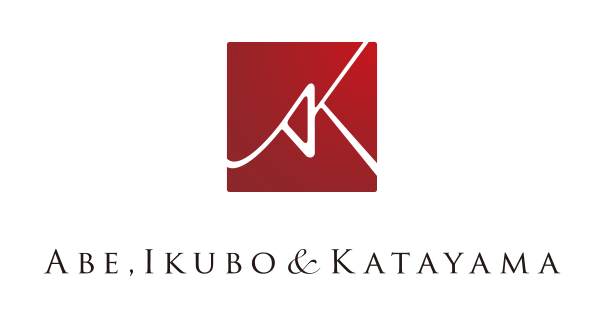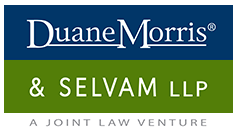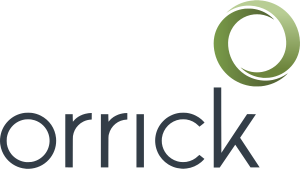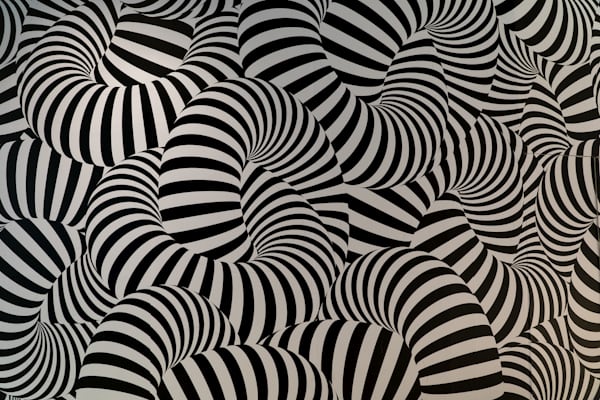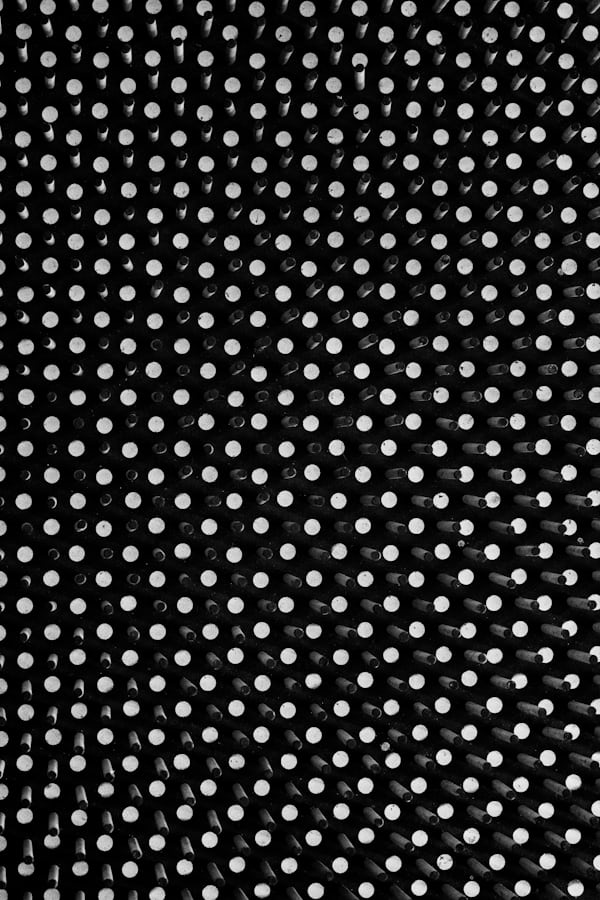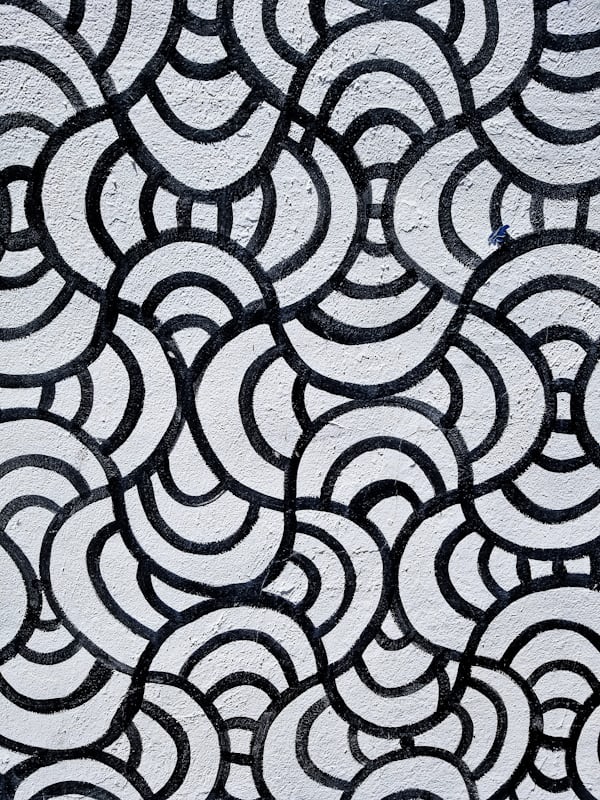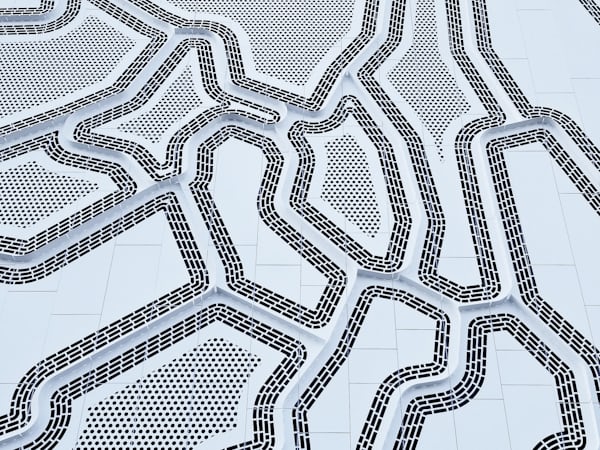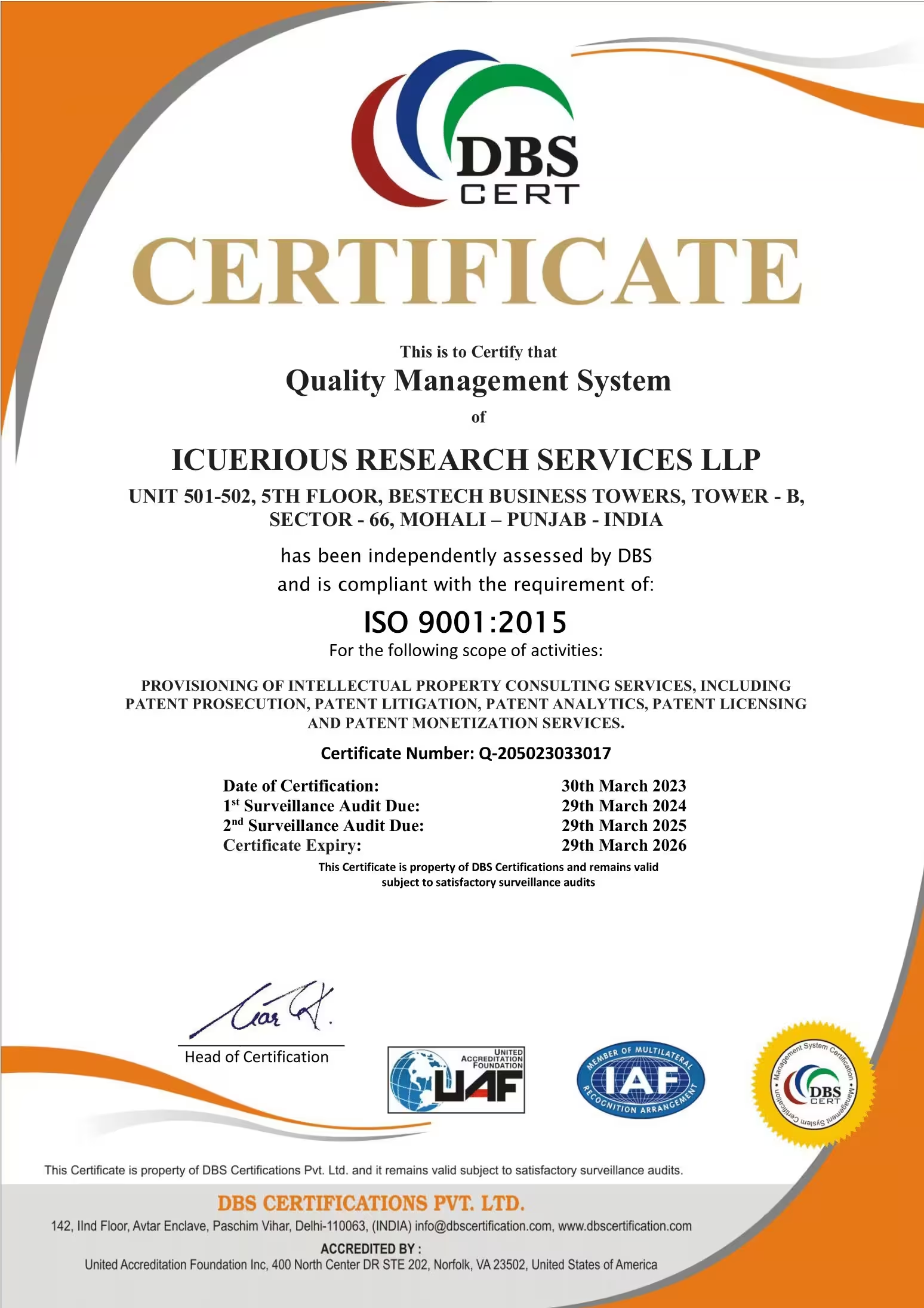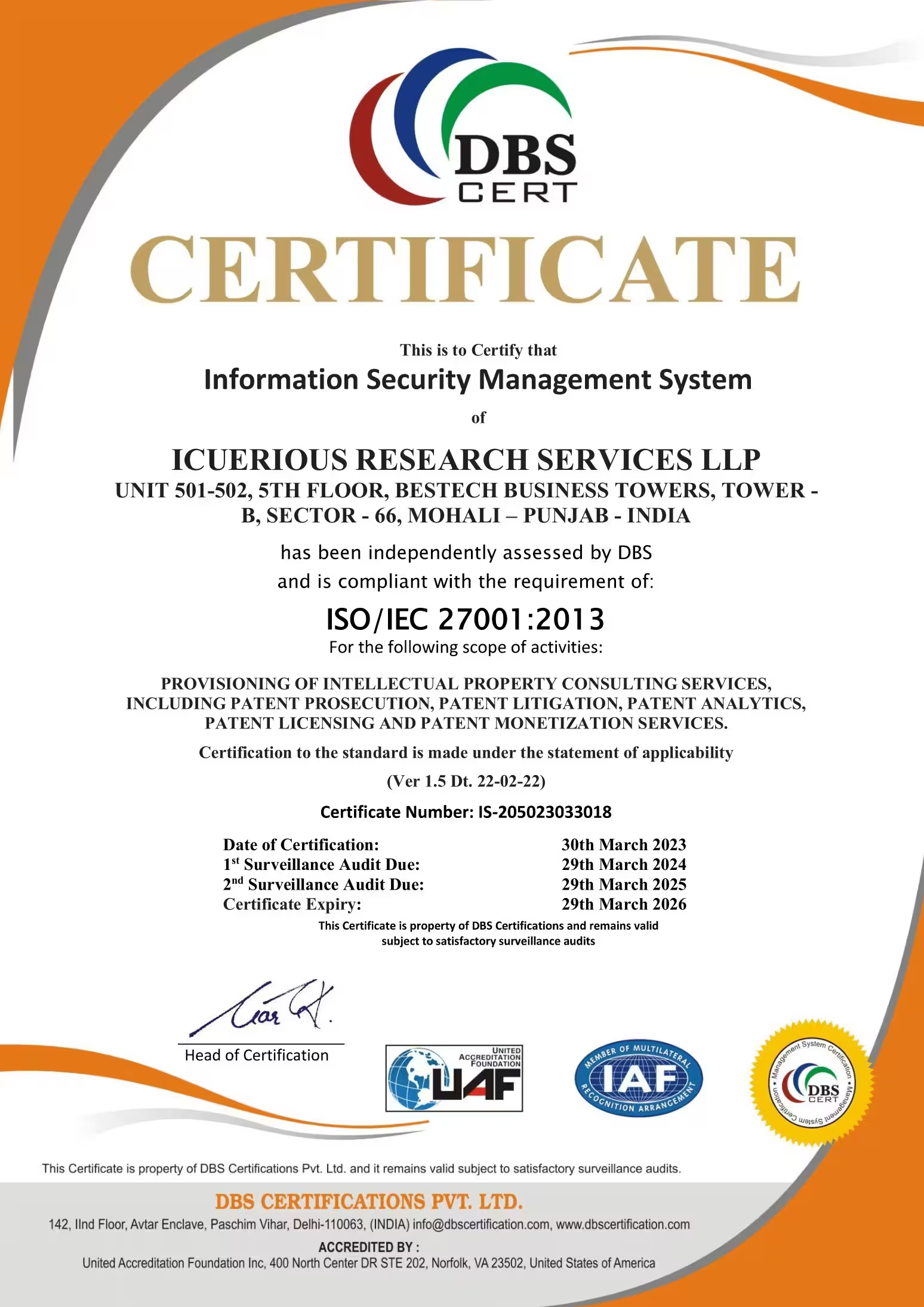CREATE, MANAGE, AND MONETIZE IP
WE PROVIDE TECHNOLOGY CONSULTING SERVICES FOR
THE ENTIRE PATENT LIFECYCLE, HELPING CLIENTS
GENERATE VALUE VIA CREATION, MANAGEMENT
& MONETIZATION OF THEIR IP ASSETS
CONTEXTUAL INSIGHTS FOR BETTER RESULTS
OUR APPROACH TO EVERY SEARCH IS SIMPLE - AN UNRELENTING FOCUS
ON THE CONTEXT. THIS HELPS US UNEARTH HIDDEN PRIOR ART

BROADER OUTLOOK FOR CREATING LASTING VALUE
RICH UNDERSTANDING OF MACRO TRENDS IN TECHNOLOGY - COUPLED WITH
DRAFTING EXPERTISE - HELPS US CREATE VALUABLE PATENTS ALIGNED
WITH YOUR OVERALL STRATEGY
STAY AHEAD OF YOUR COMPETITORS
Our portfolio management & competitive benchmarking
solutions provide actionable insights to help you stay
ahead of the competition & maximize returns on R&D
investments






